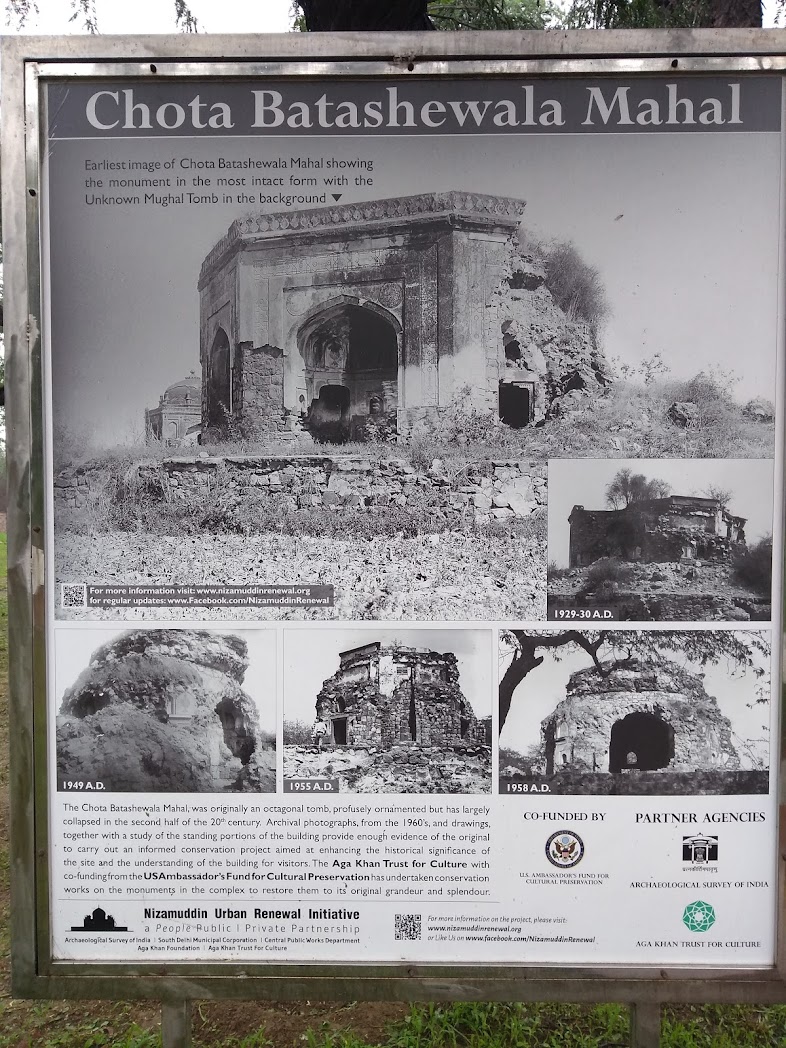.jpg)
.jpg)
.jpg)
.jpg)
.jpg)

Battashewala Complex is a notable historical site located near Humayun's Tomb in Delhi, India. It consists of three main architectural elements: Mughal Garden Tombs: The site has two significant garden tombs, which are typical of Mughal garden design and influenced by Persian styles. The Bara Batashewala Mahal: This main tomb is built in the Charbagh style, with a central dome, and displays intricate Mughal ornamentation. Chota Batashewala Mahal: A smaller tomb structure adjacent to the main tomb, it exhibits simpler architecture yet maintains the Mughal essence. Establishment and History The Battashewala Complex was built in the late 16th to early 17th century, during the Mughal period. It likely served as a family burial site for members of the Mughal nobility. The complex's name, "Battashewala," is said to come from the traditional sweet (batasha) sold by nearby vendors, although no definitive evidence connects the name with its function or origins. Preservation and Restoration Due to its proximity to Humayun's Tomb, the Battashewala Complex was neglected for years. In recent times, the Aga Khan Trust for Culture in collaboration with the Archaeological Survey of India (ASI) undertook restoration efforts to preserve the site's architecture and landscape, aiming to protect its unique features and revive the historical Charbagh layout.